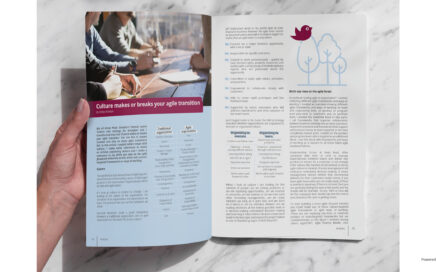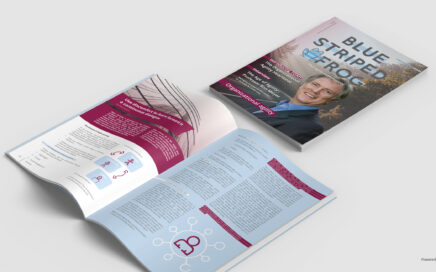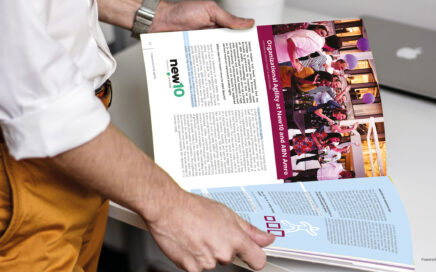
Zonder keuzes geen flow
Inleiding In grote organisaties, waarin ICT een steeds crucialere rol vervult, worden vaak initiatieven genomen op het gebied van wendbaarheid. Men wil wendbaarder zijn in de manier waarop de producten en diensten aan de klanten wordt aangeboden. Sneller kunnen inspelen op wijzigingen in klantvraag, toepassen nieuwe technologie etc. Vele boeken zijn hier al aan gewijd waarbij termen als VUCA (Volatile […]










